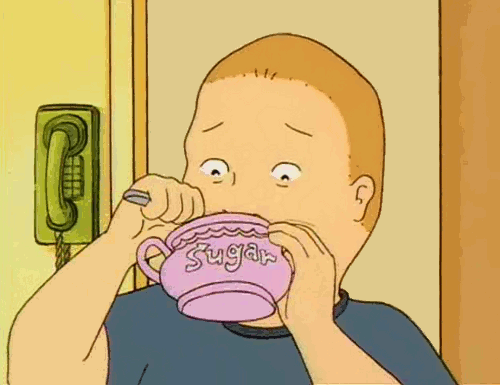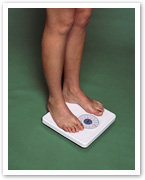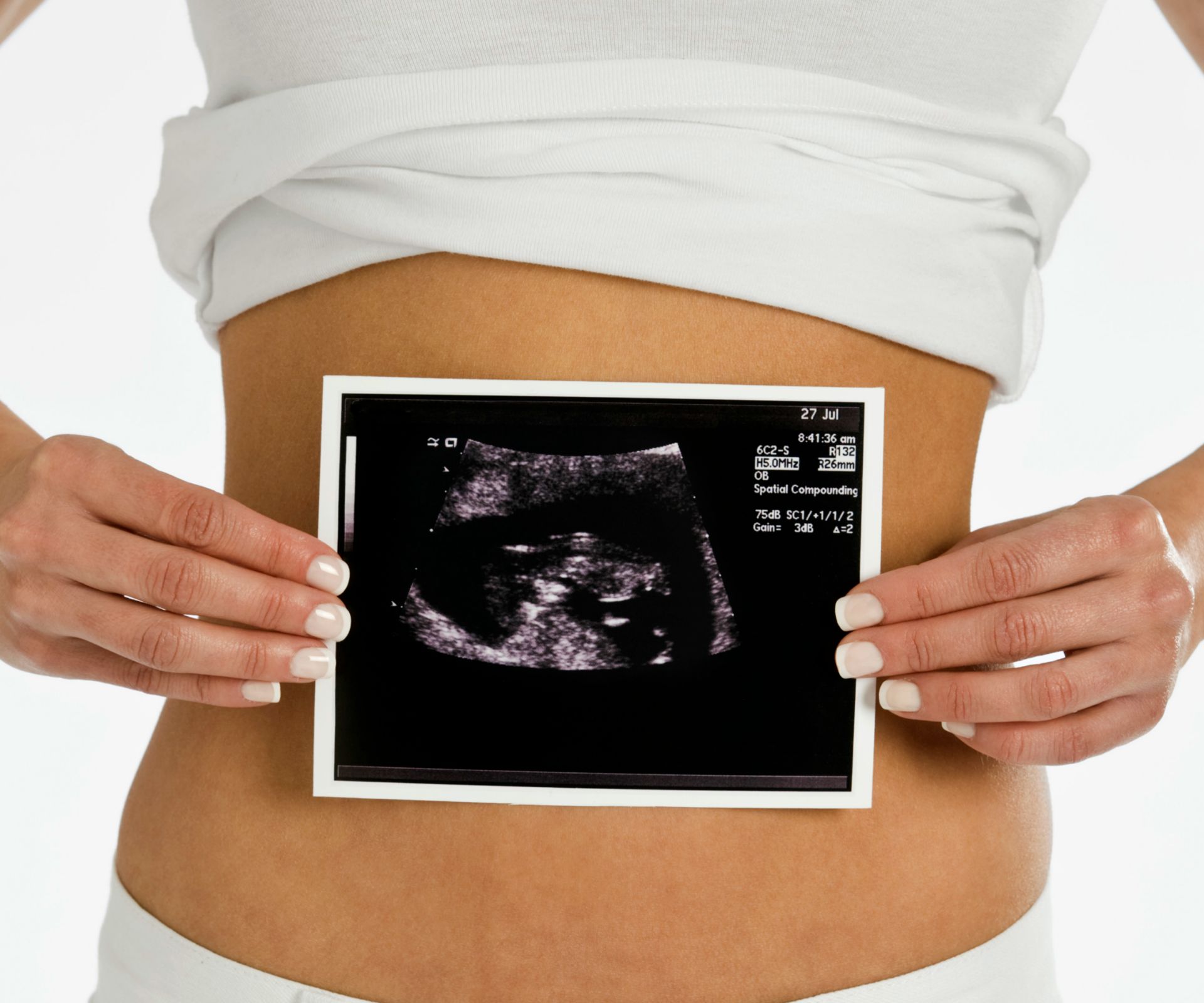Pregnancy is an extraordinary and beautiful time in a woman’s life.
But let’s be honest here it can also be a very trying and tiring time.
Cravings, swollen ankles, morning sickness, no soft cheeses… need we say more?
Being responsible for a little person is a lot of work and really the purest labour of love.
So it saddens us to have to tell you that a mother’s intake of sugar during pregnancy has been linked directly to an increase in the likelihood of childhood respiratory problems including asthma.
In fact, the study found the likelihood of a child contracting Asthma rose by 100% for mothers who consumed the most sugar in the study.

If only it where this quick
Yep, another terrible ramification of consuming sugar but don’t panic just yet, you have to eat a fair bit of sugar for it to make a real difference.
Findings came from a study on over 9000 mother-child pairs Queen Mary University of London over a period of almost 30 years.
The team put together an average amount of sugar consumed by women during pregnancy. The team then compared allergies and asthma diagnosed in the children of mums who consumed the least sugar (34 grams, or 7 teaspoons, per day) with those who consumed the most (between 82 and 345 grams, or 16 and 69 teaspoons, per day).
They found that women who fell in the category of the most sugar had a 73% higher risk of an allergy diagnosis and a 101% increase in allergic asthma risk.
The researchers note that there is not enough evidence to support a link back to chronic asthma, different to allergic asthma. They also point out that the study was observational, so some of the findings could have arisen by chance.
Still, cutting back on sugar anytime is a health win.

The truth about sugar
There are so many different anti-sugar tribes and weight-loss messages that even knowing which foods contain sugar has become confusing. “There are 46 different words for fructose and 17 words for glucose that are used on food labels, and the average person knows about three of them,” Dr Popovic says.
That’s why she likes to start with the basics. “Sugar is a subset of carbohydrates,” she explains. Also known as table sugar and sucrose, cane sugar consists of 50 per cent fructose and 50 per cent glucose. Glucose is the main source of your body’s fuel, while fructose is not used by any organ.
“As soon as glucose is absorbed by your body, it stimulates a release of insulin and – if you overdo it – you may become insulin resistant.”
This can lead to health issues such as metabolic syndrome, pre-diabetes and type 2 diabetes.
Recognise the hidden sugar

With so many names for sugar and sugar-like substances in packaged food, it pays to read labels closely. “Have your radar up for anything with fructose, glucose or sucrose,” Dr Popovic warns.
And remember, ingredients are listed from greatest quantity to smallest, so any sign of sugar in the first few items means that particular food is loaded with the white stuff.
Other ingredients to be aware of are rice malt syrup (a fructose-free blend of glucose and maltose) and stevia, on which the jury’s still out.
“Stevia is in a category of its own that hasn’t had enough research,” Dr Popovic says. “At this stage it’s your best bet, but it has to be highly processed to go from a green leaf to a white powder.”
Know your limit
Now you know what to look for, how much sugar is too much? “The World Health Organisation has determined the safe level of daily sugar consumption for adults is six teaspoons,” Dr Popovic says.
“That’s a good starting point for reducing your intake, given that the average Australian eats between 20 and 40 teaspoons of sugar a day.”
The easiest way to cut down on sugar is by looking at the nutritional information on packaged food. “Turn the packet over and look at the sugar content per serving, remembering there’s about 4g of sugar in one teaspoon of sugar,” she suggests.
Watch out for tricks. “If a food is high in sugar, they make the serving size small so you actually have to eat two or three times that amount,”
Dr Popovic says. Once you’re certain how much sugar is in your serving, divide it by four. “If it’s a breakfast cereal it might have 12g of sugar per serving but if you eat double that amount, you’re getting 24g of sugar – that’s six teaspoons of sugar.”
If you’d rather avoid doing the math, Dr Popovic advises quitting soft drink and preparing your own food. “Have a healthy respect for sugar,” she says. “It’s something to be savoured and not just used mindlessly on everything.”


